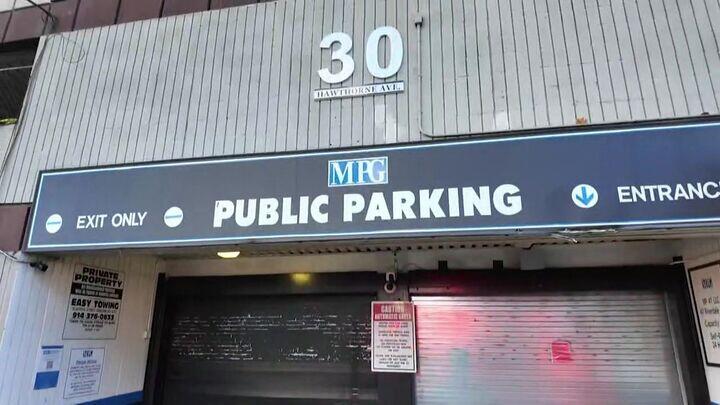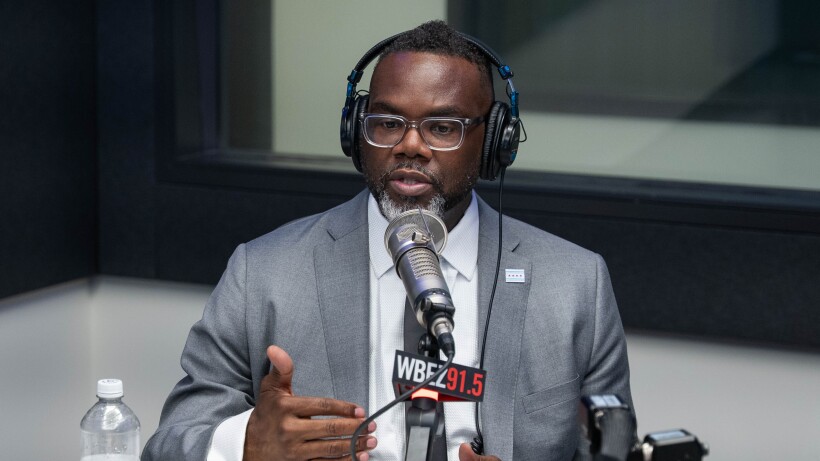Millions Protest Trump as Media Outlets Reject Press Briefing Demands

On March 2, 2024, between 7 million and 8 million people across the United States participated in protests against former President Donald Trump. This significant mobilization reflects growing discontent with his administration and its approach to press freedoms and public discourse. Demonstrators voiced their concerns over Trump’s recent actions and statements, which many view as detrimental to democratic norms.
The protests coincide with a notable backlash against Pete Hegseth, a prominent media figure who has faced widespread criticism for demanding that news organizations adhere strictly to reports dictated by the Defense Department. Notably, major media outlets, including Fox News, have collectively refused to comply with Hegseth’s demands, resulting in several outlets relinquishing their press credentials. Consequently, the absence of media presence at Hegseth’s press briefings raises questions about the future of press relations under this administration.
In a further demonstration of public sentiment, seven of the nine universities invited to join Trump’s proposed university compact have rejected the initiative. This compact would require these institutions to compromise their academic freedom in exchange for prioritized government funding. The resounding refusal from the majority of these universities underscores a growing resistance to perceived threats against educational independence.
The entertainment industry is also feeling the pressure, as evidenced by Disney‘s recent decision to reinstate Jimmy Kimmel. Consumer backlash led to a significant boycott campaign against Disney products, reportedly four times larger than any similar movement in the past five years. This shift signals a broader trend where public sentiment is increasingly influencing corporate decisions.
Reflections on historical precedents reveal that this surge of activism is reminiscent of past movements that have led to significant societal change. Notably, political figures such as Joe McCarthy faced dramatic declines in popularity after overstepping boundaries, leading to their eventual political demise. Similarly, civil rights and anti-war movements have prompted legislative changes in the past, showcasing the power of collective public action.
Current tensions illustrate a critical moment for American democracy, as citizens mobilize against what they perceive as an erosion of their rights to free speech and criticism of the government. Former Secretary of Labor Robert Reich emphasizes that the “sleeping giant” of American public opinion has begun to stir. He notes that the giant remains dormant until triggered by actions deemed unacceptable, leading to a powerful collective response.
The ongoing protests and media rejections signify a crucial juncture in the relationship between the government, the media, and the public. Citizens are increasingly willing to stand up for their rights, reflecting a deep-rooted commitment to democratic principles and the importance of free expression in American society. As this situation unfolds, the impact of public opinion will likely continue to resonate across various sectors, prompting further discussions on the future of governance and media relations in the United States.






